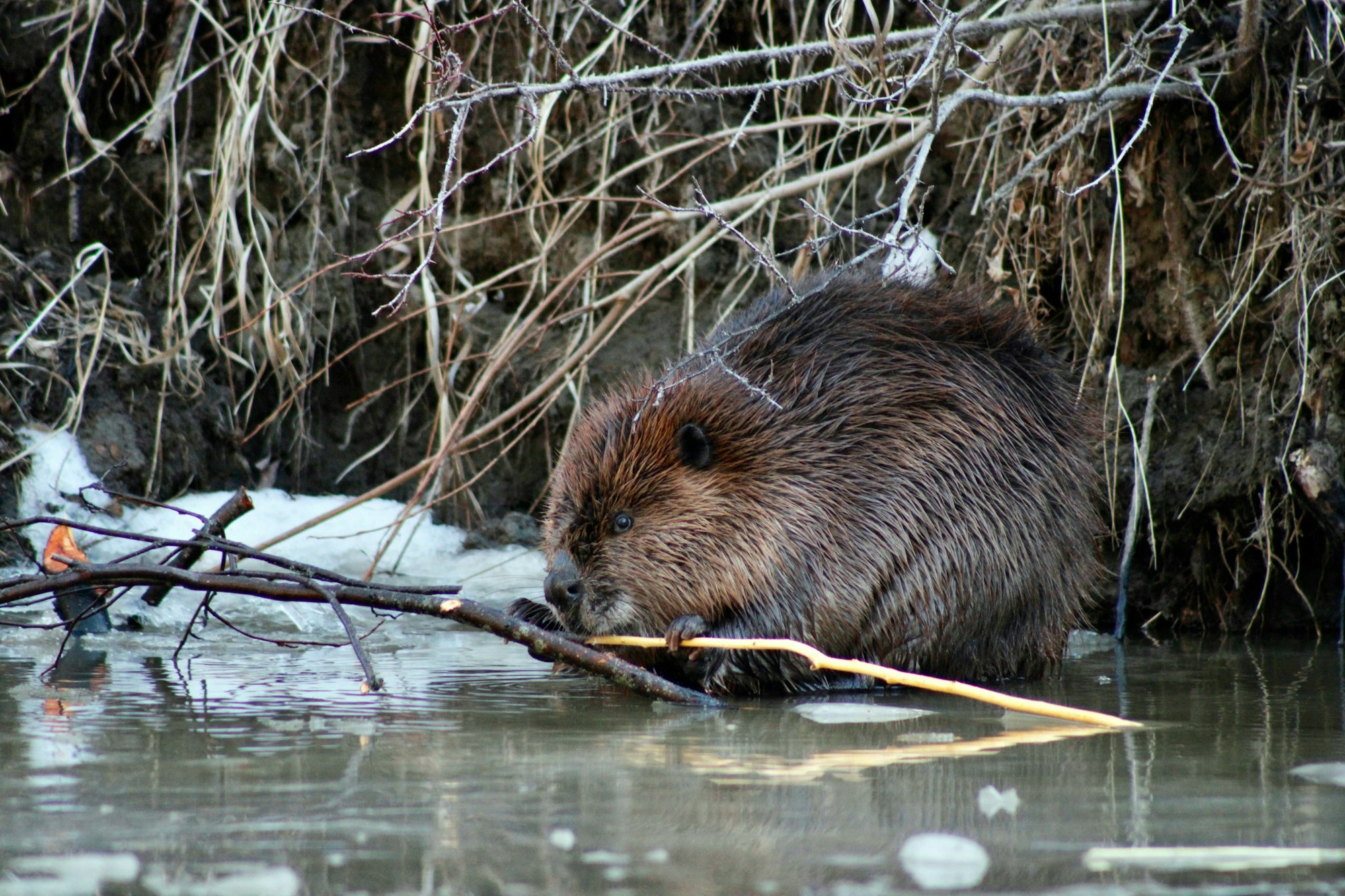Beavers

4/14/2025 | 26m 45sVideo has Closed Captions|CC
“Beavers are having a moment!” As the world struggles with fire and droughts, we’re beginning to appreciate the wetland-producing work of beavers. Author Ben Goldfarb, tells how beavers influenced American history. In Montana, “Beaver Believers” install technology so beavers and humans can co-exist. Finally, we visit the Flint River in Georgia to see the value of letting a river run its course.
04/14/2025 | Rating TV-G
COLORADO PARKS & WILDLIFE, BEAVER CONSERVATION & MANAGEMENT STRATEGY
CPW is developing a Beaver (Castor canadensis) Conservation and Management Strategy.
Background and Need
As a keystone species, beavers provide essential ecosystem services and increase local biodiversity in ecologically suitable habitats. However, beavers also represent a source of human-wildlife conflict, particularly at the interface of human infrastructure and waterways.
Increasing interest in beavers as an agent for ecological restoration prompted Colorado Parks and Wildlife (CPW) to begin developing formal guidance to inform beaver conservation and management, including such topics as: harvest regulation, restoration, techniques for coexisting with beaver, and relocation. Given the broad reach, complexity, and interrelatedness of these topics, CPW is gathering input from diverse stakeholders to inform a strategy for beaver conservation and management.
How to Get Involved
The public scoping period was open from July 30 through August 31, 2025. Public input on the draft Beaver Conservation and Management Strategy will be open in Fall 2025.
More CPW information about Beavers.
The need to enhance watershed resiliency and restoration across Alberta is paramount. In an era of rapidly changing climatic conditions, rising temperatures, increased drought and altered water regimes, natural resource managers find themselves wrestling with questions about how to best plan for and address these new challenges on their landscapes.
It is increasingly recognized that nature-based solutions have a higher resilience to changing climates than traditional grey engineering approaches. One such nature-based solution is promoting beavers for watershed health. It is well understood that beaver attenuate flood peaks, store water during droughts, support later season release of flows and dramatically improve water quality and quantity by slowing water and trapping sediment. Beavers help stabilize the landscape against the increased variability of drought and flood conditions. They also create critical habitat for both wildlife and fish populations.
